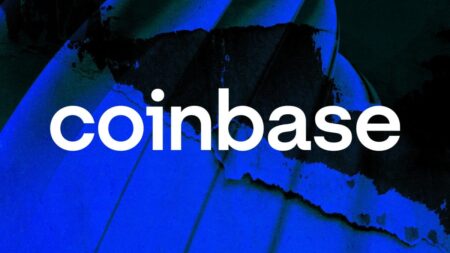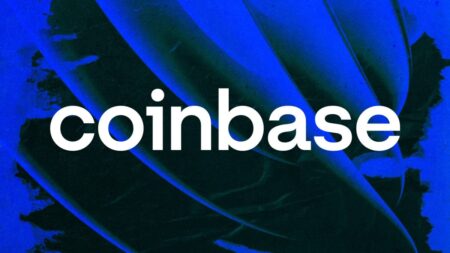Understanding Bitcoin Miner Revenue: The Dynamic Between Block Subsidy and Transaction Fees
Bitcoin miners play a critical role in the blockchain ecosystem, primarily earning revenue through two distinct components: block subsidy rewards and transaction fees. Currently, the block subsidy stands at 3.125 BTC per mined block, generating about $45 million daily for miners. However, this revenue source is not infinite; it will undergo a series of halvings until around the year 2140, when all 21 million BTC will be mined, and the block subsidy will become nonexistent. At that point, miners will shift their focus entirely toward transaction fees, depending on what users are ready to pay for block space. This scenario raises questions about the sustainability of the Bitcoin network and whether the expected increase in transaction volume or Bitcoin’s price appreciation can sufficiently support miner incentives.
Transaction fees currently contribute approximately $300,000 per day to miners, marking a 12-month low and accounting for less than 1% of total mining income. This disparity signals a significant reliance on inflation-based rewards rather than a fee-based model for miner revenue. In the past year, transaction fees witnessed a substantial spike—especially in 2023 and 2024—due to the introduction of protocols like Ordinals and Runes. These innovations spurred demand for Bitcoin block space, resulting in temporary increases in transaction fees. However, the central question remains: can such spikes be sustained over the long term, especially in a world where block subsidies have disappeared?
Current on-chain usage suggests Bitcoin primarily serves as a monetary transfer network rather than a platform for diverse applications, which inherently limits the potential for fee generation. As block subsidies phase out, the viability of miner revenue from transaction fees comes under scrutiny. While the end of block subsidies may seem far off, the persistent low level of transaction fees prompts concerns about the long-term economic health of Bitcoin mining. Assumptions exist that Bitcoin’s price will appreciate sufficiently to make even modest fee revenue economically viable. However, this assumption is fraught with risk, as a significant decline in miner revenue could precipitate a reduction in network hash rate and lead to security vulnerabilities.
If a substantial number of miners were to exit due to insufficient revenue, the Bitcoin network would likely face a hash rate decline, affecting difficulty adjustments and the overall security of the blockchain. This scenario, while not immediate, necessitates careful monitoring. The ecosystem must consider what happens when block rewards continue their programmed decline, and network incentives flatten out, leaving miners almost entirely dependent on transaction fees. The shift from inflation-based income to a fee-based structure will require innovations in the ecosystem to ensure a robust and sustainable mining environment.
As seen in the fluctuating fee market, sustained user demand and the emergence of new applications may only partially alleviate the uncertainties surrounding miner revenue. The Bitcoin community should remain vigilant, considering other innovations that could enhance fee sustainability and support network security. Trade-offs will be necessary, including the balance between transaction fees and user activity. Ultimately, as the Bitcoin ecosystem evolves, stakeholders must engage in proactive discussions regarding the incentives and security of miners, ensuring a resilient and secure network even as the dynamics of revenue change.
In conclusion, the current structure of Bitcoin miner revenue through block subsidies and transaction fees presents both opportunities and challenges. While block subsidies provide a substantial revenue stream today, their eventual decline will force the Bitcoin ecosystem to adapt to a future centered on transaction fees. The ongoing development of new protocols and increased transaction volume could help bridge the gap, but the network’s reliance on price appreciation raises significant questions. Stakeholders will need to address these concerns proactively to ensure that the Bitcoin network remains secure and economically viable in the post-subsidy era.















